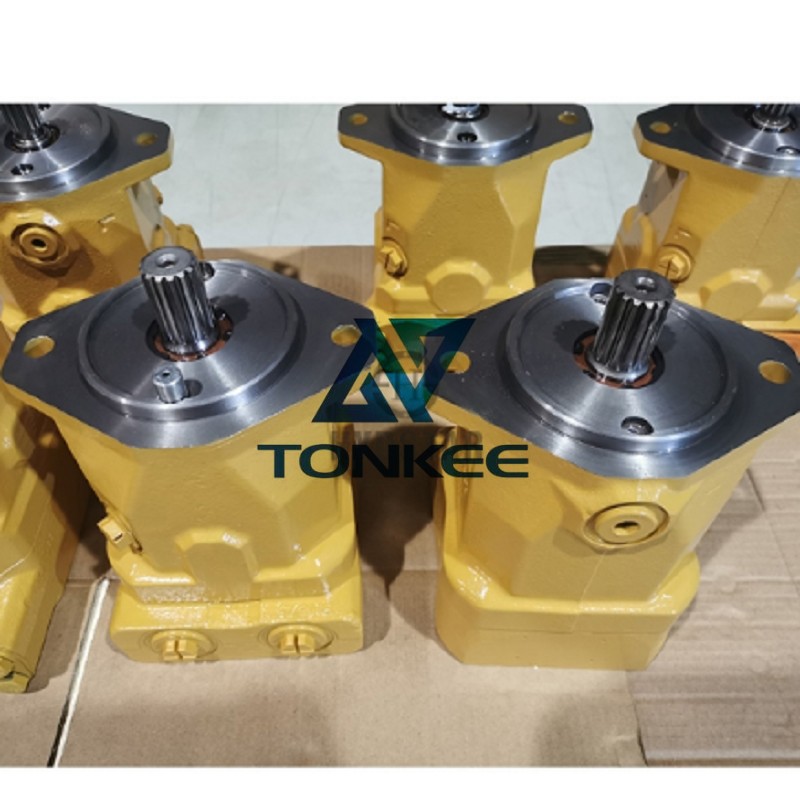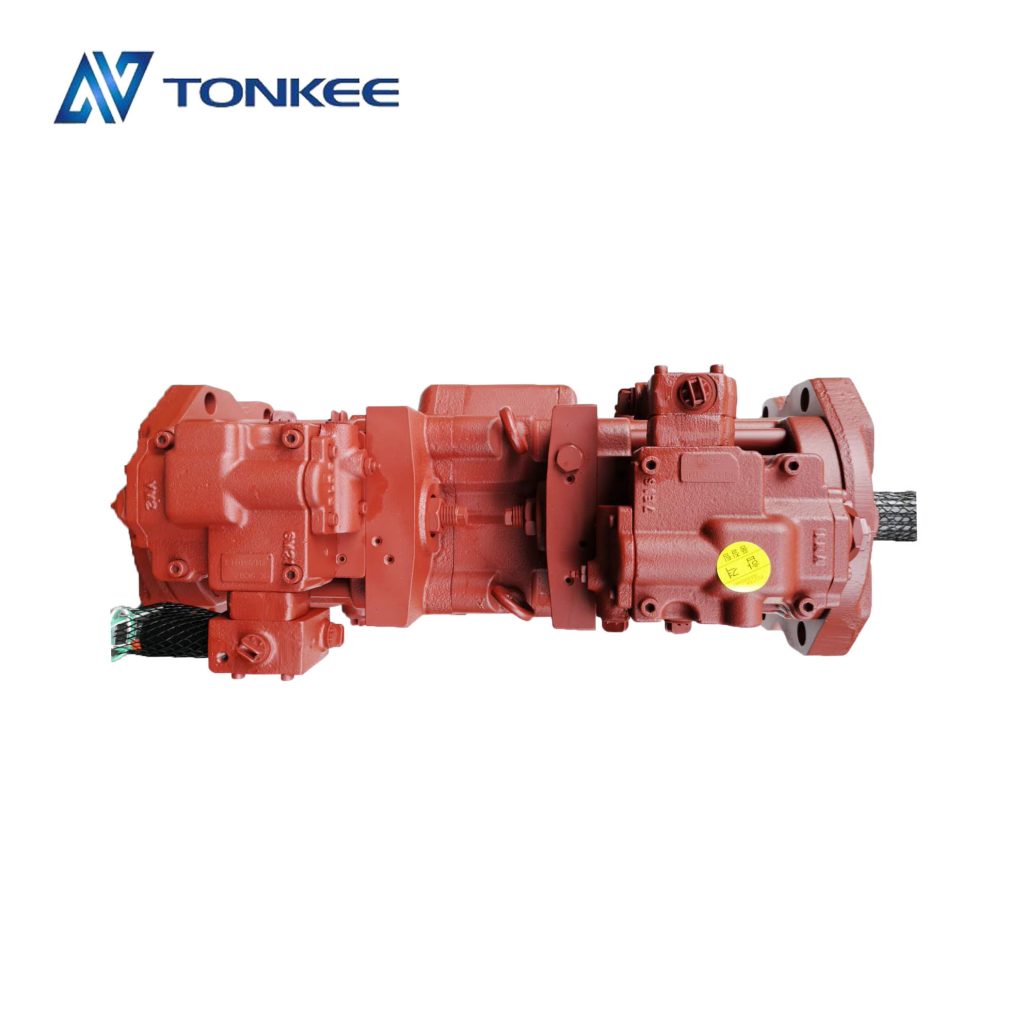
Voltage: Fan motors are designed to operate at specific voltage levels, commonly 120V, 230V, or 12V for various applications.
Power Rating: This is usually measured in watts or horsepower (HP) and represents the amount of electrical power the motor consumes.
Speed: Fan motors have a rated speed, typically measured in revolutions per minute (RPM). Speed can be a critical factor in determining the airflow generated by the fan.
Size: The physical dimensions of the motor, including the diameter of the motor's rotor and the overall size, may be specified.
Type: There are various types of fan motors, including shaded-pole motors, brushless DC motors, and brushless AC motors. The type can affect efficiency and performance.
Enclosure Type: Some fan motors are designed to be used in specific environments, such as open-air applications or those requiring protection from moisture and dust.
Mounting Type: Fan motors can be mounted in different ways, including flange mount, bracket mount, or even integral mounting.
Noise Level: The noise level, often measured in decibels (dB), is an important consideration for applications where noise is a concern.
Thermal Protection: Many fan motors come with built-in thermal protection mechanisms to prevent overheating.
Efficiency: The efficiency of a fan motor indicates how effectively it converts electrical power into mechanical work (airflow).
Duty Cycle: Some fan motors are designed for continuous operation, while others are intended for intermittent use.
Direction of Rotation: The direction in which the fan motor rotates (clockwise or counterclockwise) can be a critical factor in certain applications.
Certifications and Standards: Fan motors may comply with specific industry standards or safety certifications, depending on their intended use.



 English
English Русский язык
Русский язык




